
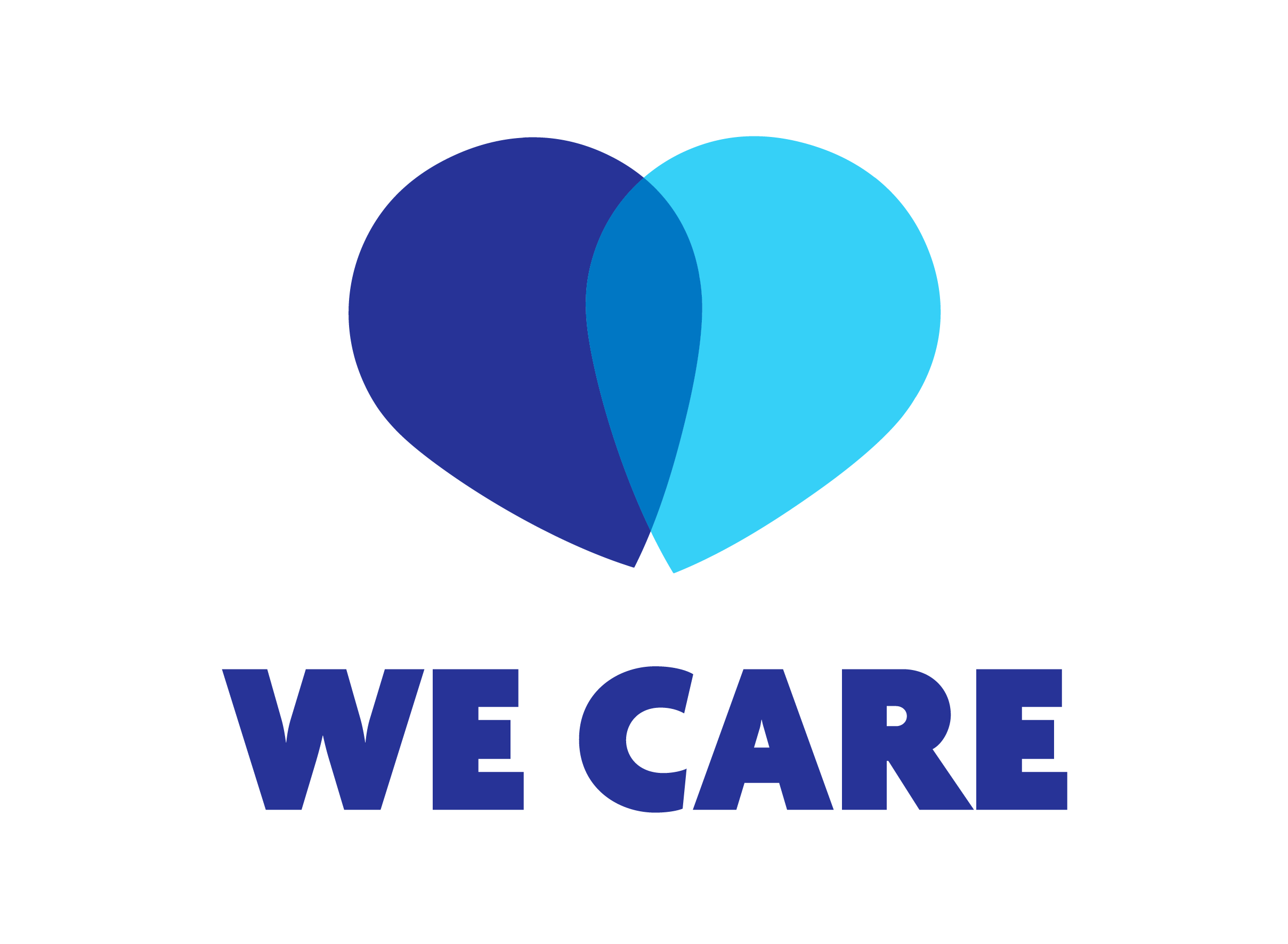
WE TEST OUR WATER
TO KEEP YOU SAFE
WE CARE by Exact Blue Technologies Inc. creates
awareness about the potential dangers of unsafe dental
water. Dive into the world of waterborne dental bacteria:
• Understand where this bacteria comes from
• The associated risk of unsafe water
• The importance of water quality testing in the dental
environment
• The associated risk of unsafe water
• The importance of water quality testing in the dental
environment

WHAT CAN HAPPEN IF DENTAL WATER IS UNSAFE?
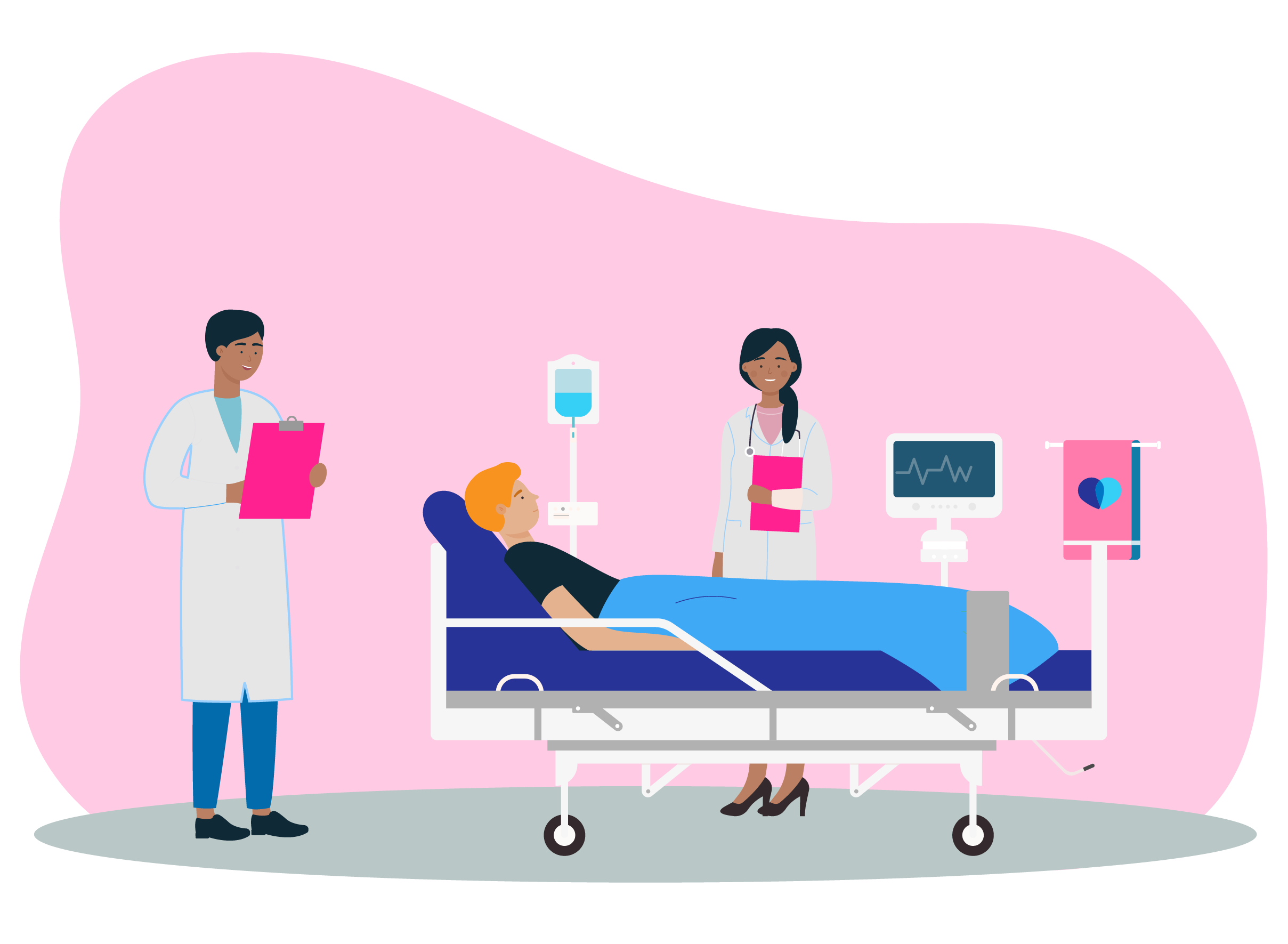
• Unsafe dental water can affect the young and old, patients and staff.
• The effects range from mild sickness, hospitalization to fatal.
• Listed are documented cases over the last 30 years. This is not a new problem.
• As it can be diffcult to trace illness or death back to unsafe dental water, the true consequence of contaminated water has been underestimated.
• The effects range from mild sickness, hospitalization to fatal.
• Listed are documented cases over the last 30 years. This is not a new problem.
• As it can be diffcult to trace illness or death back to unsafe dental water, the true consequence of contaminated water has been underestimated.
THE CONSEQUENCES OF UNSAFE DENTAL WATER
OVER THE LAST 35 YEARS

READ MORE:
CDC warns of bacteria in dental waterlines after children are infected
Official CDC Health Advisory: Outbreaks of Nontuberculous Mycobacteria Infections Highlight Importance of Maintaining and Monitoring Dental Waterlines
WHERE DOES UNSAFE WATER COME FROM?

• There are many pieces of equipment that provide water for rinsing and cleaning teeth.
• The dental handpieces (drills) are the main source of potentially hazardous pathogens.
• The dental handpieces (drills) are the main source of potentially hazardous pathogens.
PATHOGENS ARE LIVING THINGS THAT
CAUSES DISEASE. THEY INCLUDE
BACTERIA, VIRUSES, FUNGI, PROTOZOA
AND MORE.
CAUSES DISEASE. THEY INCLUDE
BACTERIA, VIRUSES, FUNGI, PROTOZOA
AND MORE.
• Handpieces are attached to the water source by long, thin
tubes, which are ideal environments for bacteria and biofilm
to form and grow.
tubes, which are ideal environments for bacteria and biofilm
to form and grow.
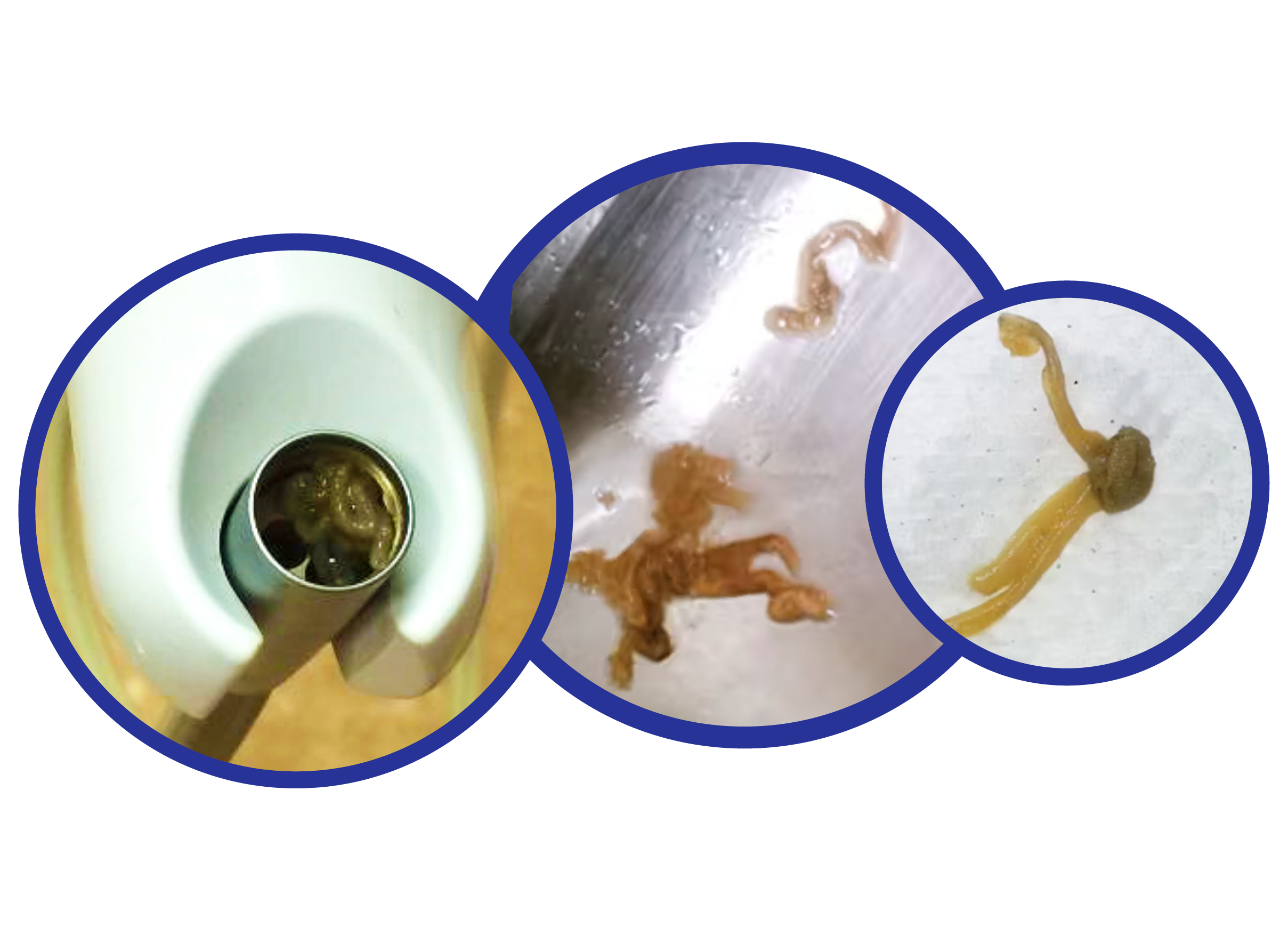
WHAT IS BIOFILM?
• Biofilm is basically slime-producing bacteria and fungi that form microbial “communities”.
• This biofilm grows inside the narrow plastic tubing that delivers water to the handpieces.
• As water flows through the tubing, biofilm and bacteria can be released from the handpiece —ingested or inhaled.
• This biofilm grows inside the narrow plastic tubing that delivers water to the handpieces.
• As water flows through the tubing, biofilm and bacteria can be released from the handpiece —ingested or inhaled.
WHY ARE DENTAL WATERLINES IDEAL
ENVIRONMENTS FOR BACTERIA AND BIFOLM?
ENVIRONMENTS FOR BACTERIA AND BIFOLM?
WATCH VIDEO
DID YOU KNOW BACTERIA GROWS INCREDIBLY QUICKLY.
E. COLI CAN DOUBLE IN JUST 20 MINUTES!
E. COLI CAN DOUBLE IN JUST 20 MINUTES!
WHAT ARE AEROSOLS AND
WHY ARE THEY DANGEROUS?
WHY ARE THEY DANGEROUS?
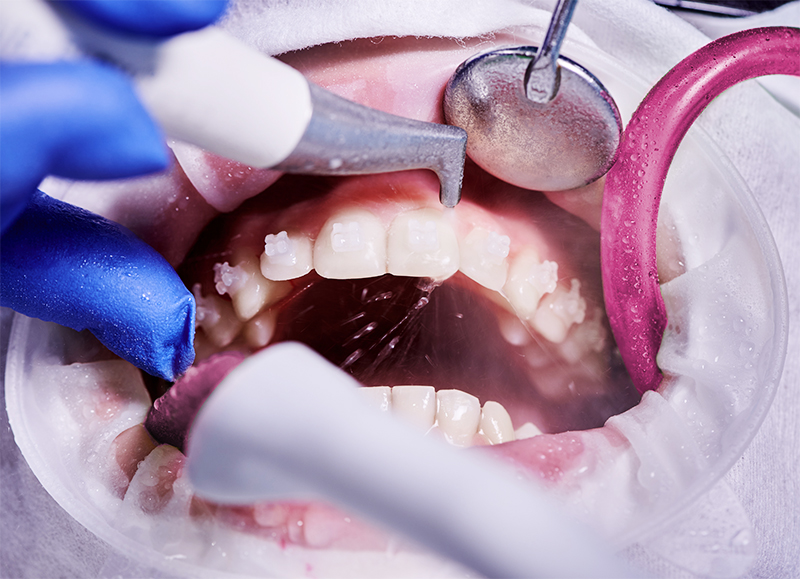
• Many dental procedures produce aerosols.
• Aerosols are a suspension of particles or droplets in the air, defined as particles less than 50 micrometers in diameter.
• Aerosols are dangerous due to their tiny size which allows them to remain airborne for extended periods before settling on a surface or entering the respiratory tract.
• Aerosols are a suspension of particles or droplets in the air, defined as particles less than 50 micrometers in diameter.
• Aerosols are dangerous due to their tiny size which allows them to remain airborne for extended periods before settling on a surface or entering the respiratory tract.
DID YOU KNOW THE SPRAY FROM A DENTAL DRILL HAS A 4 FT DIAMETER RANGE? ANYONE WITHIN THIS 4 FT SPACE CAN POTENTIALLY BY AFFECTED BY THE AEROSOLS.
PATHOGEN
ENTRYWAYS
TO THE BODY
ENTRYWAYS
TO THE BODY
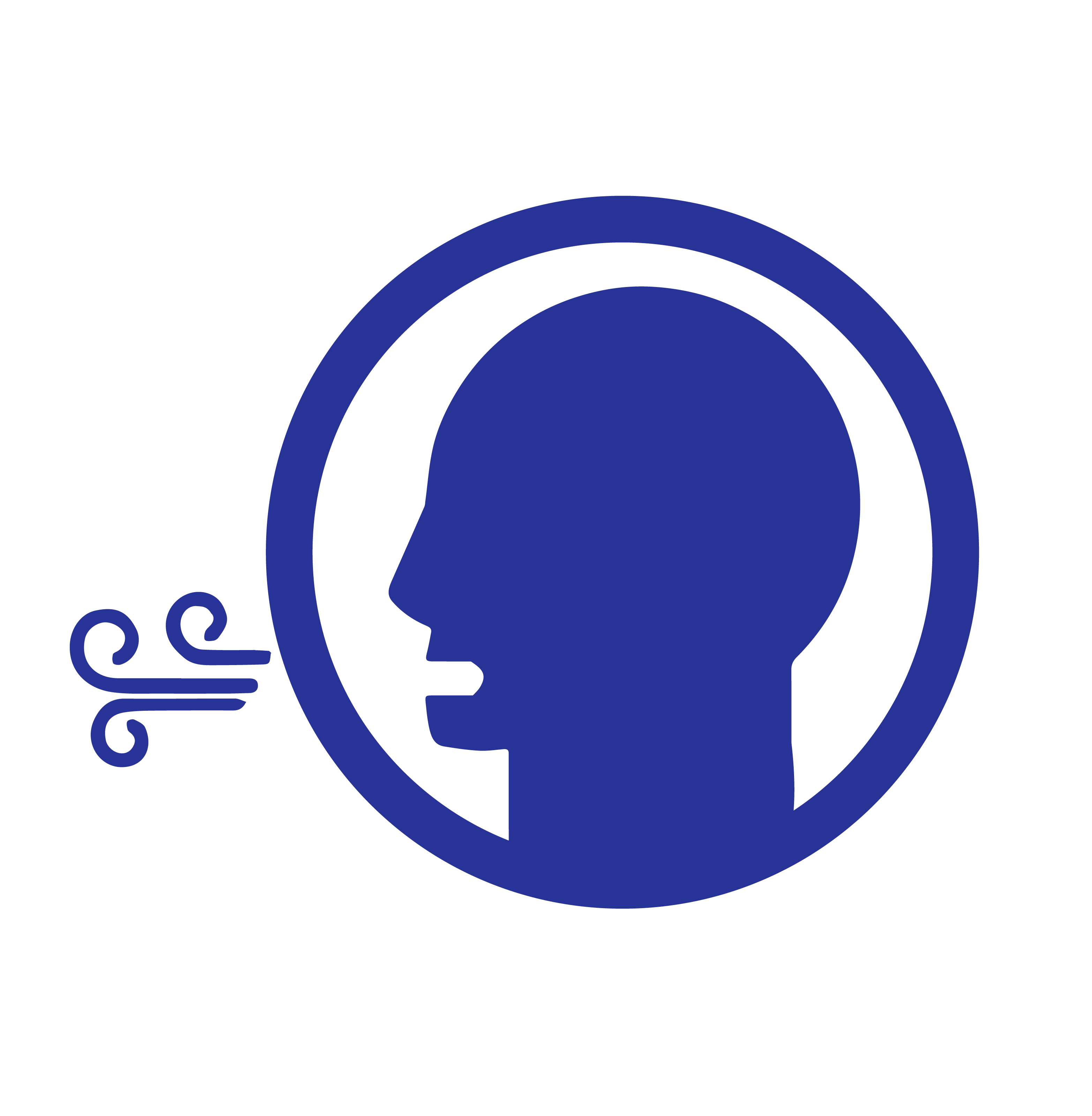
Pathogens can enter
the body by inhalation
or breathing them in.
the body by inhalation
or breathing them in.

Pathogens can enter
the body through the
bloodstream.
the body through the
bloodstream.

Pathogens can enter
the body by ingestion
or by swallowing them.
the body by ingestion
or by swallowing them.
CERTAIN BACTERIA ARE LESS HARMFUL WHEN INGESTED, AS OPPOSED TO INHALED OR PRESENT IN THE BLOODSTREAM.

HOW DO I KNOW
I AM PROTECTED AT THE DENTIST ?
I AM PROTECTED AT THE DENTIST ?
• A thermometer can confirm a fever, a dental check-up can reveal a cavity, a smoke detector alerts for fire, and a water quality test indicates safe water.
• Water quality tests are performed at regular intervals using samples from each waterline. The test detects pathogens and indicates a pass or fail based on the bacterial counts.
• There are many factors that can contribute to unsafe dental water, and even with regular waterline cleaning and maintenance, tests can still fail.
• The only way to know the quality of the dental water with certainty is TO TEST.
• Water quality tests are performed at regular intervals using samples from each waterline. The test detects pathogens and indicates a pass or fail based on the bacterial counts.
• There are many factors that can contribute to unsafe dental water, and even with regular waterline cleaning and maintenance, tests can still fail.
• The only way to know the quality of the dental water with certainty is TO TEST.

WHATEVER DENTAL OFFICE YOU FIND YOURSELF IN, SIMPLY ASK A DENTAL PROFESSIONAL IF THEY MAINTAIN AND TEST THE WATER.

QUESTIONS
wecare@exactblue.com

© 2024
